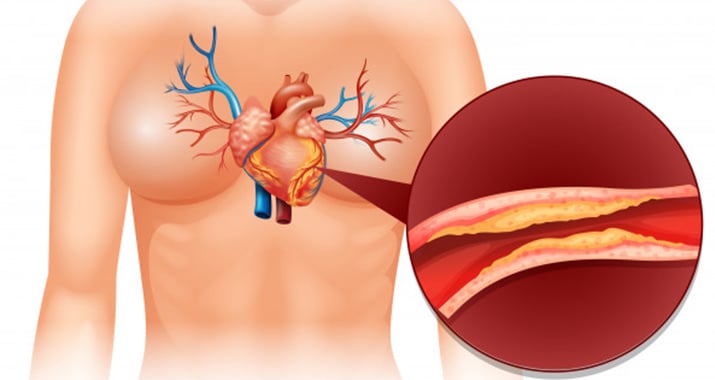What is Abnormal Myocardial Perfusion?
The word “Myocardial” is used to describe the muscles of the heart.
Myocardial Perfusion, also called Nuclear Myocardial Perfusion Imaging or Nuclear Stress Test, is a nuclear cardiology procedure that involves, putting pharmaceutical radioactive tracers, a radioactive, into the muscle of the heart to show images of the nutritional blood flow to the muscles of the heart.
It is used to identify areas in the heart where the blood flow is slow or inadequate due to scars or ischemia; disturbances in blood flow due to mechanical obstruction and shows how the heart is pumping. It is one of the most reliable and efficient methods of cardiac imaging. It is also used as a stress indicator.
How is it done?
A radioactive tracer is injected into the body, which goes into the blood and then into the heart. .Then a nuclear camera using a technique called single-photon emission computerized tomography scan or positron emission tomography to obtain images. Then the images are accessed to see if the myocardial perfusion during stress is normal or not and if there is any change in perfusion during resting state. The places where the radioactive tracer has been absorbed a different color than the places not absorbed by the tracer. Places that do not absorb the tracer indicate damages or low blood flow.
Types of Myocardial Perfusion
Myocardial Perfusion could be classified based on their stress inducers
- Pharmacologic Myocardial Perfusion Scan
Here, you are placed on a table in the heart scanner while a medicine is injected into your body. The medicine serves as a stress inducer in the heart. Your heart rate and blood pressure are constantly supervised. Then the tracer is injected into your body. Gamma camera is then used to take images of your heart.
- Exercise Myocardial Perfusion Scan
Involves exercising on a treadmill. The intensity of the exercise will increase the speed of the treadmill then your heart rate and blood pressure will be checked till you have reached your maximal exercise point, then the radioactive tracer is injected into your body. Then images are taken with the gamma camera.
Why is it done?
Myocardial Perfusion is done to ascertain:
- Prognosis and diagnosis of heart disease
- To accurately know the extent and location of myocardial
- Data on left ventricular size, function, and ejection fraction.
Who is Eligible for Myocardial Perfusion?
You might be recommended a Myocardial Perfusion Scan by your doctor if you are experiencing:
- Pains in your chest over some time
- Coronary disease or complications
- After a heart attack to ascertain the level of myocardial infarction.
- After surgeries such as coronary bypass surgery, angioplasty, stent placement.
What is the Risk involves in a Myocardial Perfusion Scan?
The risk involved may include:
- Abnormal heart rhythm
- Allergic reaction to the tracer
- Nausea, shaking, anxiety
- Another risk is dependent on your medical condition
How do I prepare for a Myocardial Perfusion Scan?
There are certain things to do before doing a Myocardial Perfusion Scan
- Avoid eating before the scan
- Try not to take caffeine before the scan
- Avoid medication with Theophylline, at least 48 hours before the scan, Nitrate, and any medication that can slow your heart rate
- Avoid being in a state of fear or anxiety.
- Bring a list of all your current medications.
- Consult your doctor concerning questions about the scan you may have.
How much does it cost?
The cost of a Myocardial Perfusion scan is based on the medical condition on which it is recommended. Hence, the cost is properly ascertained after proper consultation with your doctor or health care provider. Anavara can help you connect with reliable surgeons and health care facilities at an affordable cost.
The information provided in this blog is for educational purposes only and should not be considered as medical advice. It is not intended to replace professional medical consultation, diagnosis, or treatment. Always consult with a qualified healthcare provider before making any decisions regarding your health. Read more

